Home>Garden Essentials>Why Is Fake Grass Banned In California
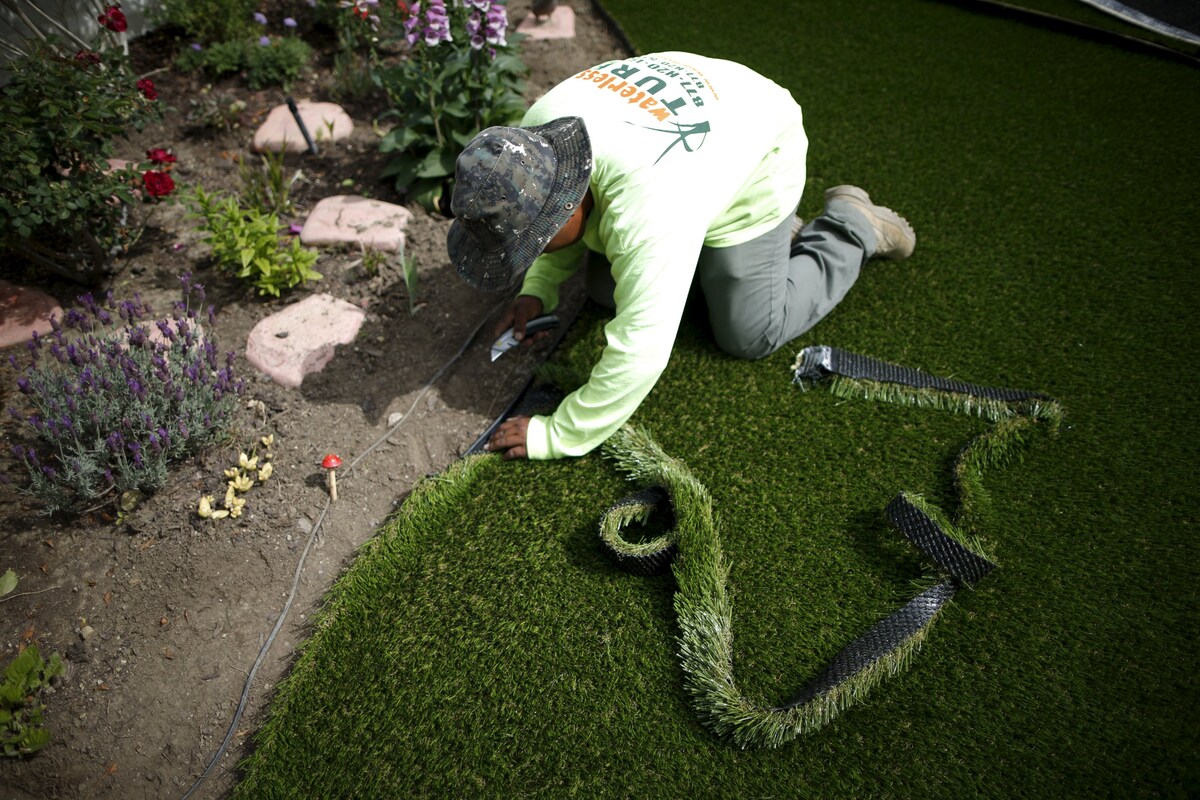

Garden Essentials
Why Is Fake Grass Banned In California
Modified: August 27, 2024
Discover why fake grass is banned in California and how it affects garden enthusiasts. Explore natural alternatives and sustainable landscaping options for your garden.
(Many of the links in this article redirect to a specific reviewed product. Your purchase of these products through affiliate links helps to generate commission for Storables.com, at no extra cost. Learn more)
Introduction
Welcome to the world of gardening, where nature’s beauty and creativity intertwine to create stunning landscapes. Whether you have a vast backyard or a small balcony, a garden is a sanctuary where you can escape the hustle and bustle of everyday life.
One common challenge for gardeners is maintaining a lush, green lawn. While natural grass provides a visually appealing and eco-friendly solution, there are instances where the use of fake grass, also known as artificial turf, seems tempting. However, in the state of California, such an option is banned due to environmental and health concerns.
In this article, we will explore the reasons behind California’s ban on fake grass, the impact of the ban on businesses and homeowners, and alternative solutions available to create beautiful and sustainable landscapes.
Key Takeaways:
- California banned fake grass due to environmental and health concerns, aiming to conserve water, protect public health, and promote sustainable landscaping practices.
- Businesses and homeowners in California are adapting to the ban by exploring alternative landscaping options such as native plants, drought-tolerant vegetation, and permissible artificial turf alternatives.
Read more: Why Fake Grass Is Bad
Background of Fake Grass
Fake grass, or artificial turf, is a man-made material designed to mimic the appearance and texture of real grass. It is typically made from synthetic fibers, such as polyethylene or polypropylene, which are attached to a backing material.
This alternative to natural grass gained popularity in the mid-20th century as a solution to the maintenance and water requirements of traditional lawns. Fake grass provided a low-maintenance option for both residential and commercial properties, with the added benefit of saving water and reducing the need for chemical fertilizers and pesticides.
Over the years, advancements in technology have made artificial turf more realistic in terms of appearance and feel. The artificial blades are now softer and more natural-looking, making it difficult to distinguish fake grass from real grass at first glance.
The popularity of fake grass has also been fueled by its versatility. It can be installed in various environments, including home gardens, sports fields, and commercial landscapes. Additionally, it offers the convenience of year-round greenery, regardless of weather conditions.
However, concerns surrounding the environmental impact and potential health hazards of fake grass have led to its ban in certain areas, particularly in California.
Environment and Health Concerns
The use of fake grass raises several important environmental and health concerns. Let’s take a closer look at these issues:
1. Water Usage: One of the primary concerns with natural grass is its water requirements, especially in arid regions like California. However, while fake grass doesn’t require regular watering, it still has a significant environmental impact. The production and disposal of artificial turf involve the use of non-renewable resources and can contribute to pollution.
2. Heat Island Effect: Artificial turf tends to absorb and retain heat, leading to an increase in ambient temperature. This can create “heat islands” in urban areas, exacerbating the urban heat island effect. Heat islands contribute to higher energy consumption, increased air pollution, and discomfort for residents.
3. Chemical Exposure: Fake grass often contains various chemicals, such as lead, cadmium, and phthalates. These chemicals can leach into the environment and pose potential health risks, especially to children and pets who come into direct contact with the artificial turf. Furthermore, the breakdown of synthetic fibers over time can release microplastics into the ecosystem.
4. Drainage Issues: Natural grass helps to absorb rainwater and allows it to replenish groundwater sources. In contrast, fake grass has limited permeability and can cause water runoff, leading to drainage issues and increased urban flooding during heavy rainfall.
5. Biodiversity Impact: Real grass supports a diverse range of plant and insect life, contributing to overall biodiversity. Artificial turf, on the other hand, creates an artificial habitat that does not support the same level of biodiversity.
Given these environmental and health concerns, it is understandable why the use of fake grass has been met with restrictions and bans in certain regions.
California’s Ban on Fake Grass
California, known for its progressive environmental policies, implemented a ban on artificial turf in certain applications due to the aforementioned concerns. The ban specifically targets the use of fake grass in residential landscapes and non-professional sports fields.
In 2015, California became the first state in the United States to restrict the use of fake grass in residential front yards. The goal was to promote water conservation and encourage the use of drought-tolerant landscaping options. This ban aimed to reduce the demand for water-intensive lawns and encourage homeowners to explore more sustainable alternatives.
The ban on fake grass in non-professional sports fields followed shortly after. This decision was driven by concerns over athlete safety and the potentially harmful chemicals used in artificial turf. California took a proactive approach to protect the health and well-being of athletes, particularly in children’s sports, by promoting natural grass fields or alternative playing surfaces.
It’s important to note that the ban does not extend to all applications. Commercial landscapes, public spaces, and professional sports fields are exempt from the ban, as long as they follow strict regulations regarding material safety and environmental impact.
By implementing these restrictions, California aims to promote sustainable landscaping practices and ensure the well-being of its residents and the surrounding environment.
Tip: Fake grass is banned in California because it can contribute to heat build-up and water runoff, impacting the environment and local ecosystems. Consider using drought-tolerant landscaping options instead.
Reasons for the Ban
There are several compelling reasons behind California’s ban on fake grass. Let’s delve into the key factors that influenced this decision:
1. Water Conservation: California has faced recurring droughts and water scarcity in recent years. The ban on fake grass in residential front yards aims to reduce the demand for water-intensive lawns. By promoting alternative landscaping options, such as native plants or drought-tolerant vegetation, the state seeks to conserve water resources and combat the effects of drought.
2. Environmental Impact: The production, maintenance, and disposal of fake grass contribute to environmental degradation. Synthetic turf is made from non-renewable resources and contains chemicals that can harm the ecosystem. Additionally, the poor permeability of artificial turf hinders water absorption and contributes to urban flooding. California’s ban on fake grass seeks to minimize these negative environmental consequences and promote more sustainable landscaping practices.
3. Health Concerns: The potential health risks associated with fake grass played a significant role in the ban. Artificial turf often contains chemicals, such as lead and phthalates, which can pose health risks, especially to children and pets who frequently come into contact with the surface. The ban aims to safeguard public health by encouraging the use of safer alternatives, such as natural grass or eco-friendly landscaping options.
4. Athlete Safety: Non-professional sports fields are subject to the ban to prioritize athlete safety. Artificial turf can result in higher rates of injuries due to its harder surface and inadequate shock absorption. By promoting the use of natural grass or alternative playing surfaces, California aims to provide a safer environment for sports activities, particularly for young athletes.
5. Promoting Sustainable Practices: California has long been at the forefront of sustainable initiatives. The ban on fake grass aligns with the state’s commitment to conserving resources, reducing pollution, and protecting public health. By encouraging the adoption of more sustainable landscaping practices, California aims to set an example for other regions to follow.
These are the primary reasons behind California’s ban on fake grass. The state’s proactive approach demonstrates its dedication to addressing environmental and health concerns while promoting a greener and more sustainable future.
Read more: Why Use Fake Grass
Impact on Businesses and Homeowners
The ban on fake grass in California has had significant impacts on both businesses and homeowners. Let’s explore how this restriction has affected these two groups:
1. Businesses: The ban on fake grass has impacted businesses involved in the installation, maintenance, and sale of artificial turf. Companies specializing in synthetic turf have experienced a decline in demand for their products and services. Many have had to shift their focus towards other landscaping options or diversify their offerings to adapt to the changing market.
On the other hand, businesses involved in natural grass and eco-friendly landscaping have seen a boost in interest. In response to the ban, landscaping companies have been able to showcase their expertise in designing and maintaining sustainable landscapes. This has provided new opportunities for businesses that prioritize environmentally friendly practices.
2. Homeowners: For homeowners, the ban on fake grass has resulted in a shift in landscaping preferences and practices. Those who were considering artificial turf as a low-maintenance option have had to explore alternatives that align with the regulations. This has provided an opportunity for homeowners to learn about and experiment with more sustainable landscaping options.
While some homeowners may initially find the transition challenging, the ban has ultimately encouraged the adoption of eco-friendly practices. Homeowners now have the opportunity to create beautiful and functional landscapes using native plants, low-water-use vegetation, and other sustainable features. It has also served as a catalyst for rethinking traditional lawn aesthetics and exploring creative ways to enhance their outdoor spaces.
Furthermore, the ban has prompted an increased awareness about the environmental impact of landscaping choices. Homeowners are now more conscious of the need to conserve water, protect public health, and promote biodiversity. They are embracing the role they play in creating a sustainable future and are more willing to make choices that align with these principles.
Overall, while the ban on fake grass may have initially posed challenges for businesses and homeowners, it has ultimately served as an opportunity to promote sustainable practices, spur innovation, and create a greener and healthier environment.
Alternatives to Fake Grass in California
With the ban on fake grass in California, homeowners and businesses are seeking alternative landscaping options that are eco-friendly, water-efficient, and visually appealing. Here are some viable alternatives to consider:
1. Native Plants: Incorporating native plants into your landscape not only adds beauty but also promotes biodiversity and requires minimal water once established. Native plants are well-adapted to the local climate and soil conditions, making them a sustainable choice that can thrive with little to no extra irrigation.
2. Drought-Tolerant Plants: Selecting drought-tolerant plants and succulents can help conserve water while adding texture and color to your landscape. These plants have evolved to survive in arid conditions and require minimal irrigation. Drought-tolerant landscaping is a popular and sustainable option in California.
3. Xeriscaping: Xeriscaping is a landscaping approach that focuses on water conservation and reducing the need for irrigation. It involves using a combination of drought-tolerant plants, efficient irrigation systems, mulching, and hardscape elements to create an attractive and low-maintenance landscape.
4. Artificial Turf Alternatives: While fake grass is banned in residential front yards, there are alternative turf options that are allowed. These alternatives use natural grasses or a combination of natural and synthetic materials to create a more sustainable and visually appealing lawn. They provide the look and feel of real grass while minimizing water usage and environmental impact.
5. Gravel or Mulch Areas: Utilizing gravel or mulch in certain areas of your landscape can create visual interest while reducing the need for water-intensive lawns. These materials can be used to define walkways, garden borders, or to cover large portions of the yard, providing a low-maintenance and eco-friendly solution.
6. Permeable Pavers: Permeable pavers are an excellent option for driveways, patios, or walkways. These pavers allow rainwater to penetrate the soil, reducing water runoff and promoting groundwater recharge. They are available in a variety of sizes, styles, and materials, ensuring a stylish and environmentally friendly solution.
7. Vertical Gardens or Green Walls: For those with limited space or seeking innovative solutions, vertical gardens or green walls can be a fantastic choice. These vertical structures allow you to grow plants upwards, maximizing space and adding a vibrant touch to your landscape. They can be created using a variety of plants, such as ornamental grasses, ferns, and even herbs.
Remember to consider local climate, soil conditions, and water availability when selecting alternatives to fake grass. Consulting with a professional landscaper or horticulturist can provide valuable insight and guidance in choosing the most suitable options for your specific needs and preferences.
By exploring these alternatives, California residents can create beautiful, sustainable, and water-efficient landscapes while complying with the ban on fake grass.
Conclusion
The ban on fake grass in California is a reflection of the state’s commitment to environmental conservation, water sustainability, and public health. By restricting the use of artificial turf in residential front yards and non-professional sports fields, California aims to address various concerns related to water usage, environmental impact, chemical exposure, and athlete safety.
This ban has had significant impacts on businesses involved in the artificial turf industry, prompting them to adapt and explore alternative landscaping options. It has also provided homeowners with an opportunity to embrace more sustainable practices and create visually appealing landscapes using native plants, drought-tolerant vegetation, or permissible artificial turf alternatives.
While the ban may have posed initial challenges, it has ultimately been a catalyst for positive change. California residents are now more aware of the importance of water conservation, the potential health risks of artificial turf, and the need to promote biodiversity and sustainable landscaping practices.
Homeowners and businesses can explore a wide range of alternatives, including native plants, drought-tolerant vegetation, xeriscaping, permeable pavers, or vertical gardens. These options allow for the creation of beautiful, eco-friendly landscapes that contribute to water conservation, support biodiversity, and mitigate the environmental impact.
By embracing these alternatives, California residents are not only complying with the ban on fake grass but also contributing to the larger goal of creating a greener and more sustainable future. The ban serves as a reminder that we have a responsibility to make conscious choices that prioritize the well-being of our environment, public health, and future generations.
As we continue our journey in the world of gardening, let’s embrace the opportunities presented by this ban and explore the abundance of natural and sustainable landscaping options available. Together, we can create landscapes that not only captivate the eye but also nurture the earth.
Frequently Asked Questions about Why Is Fake Grass Banned In California
Was this page helpful?
At Storables.com, we guarantee accurate and reliable information. Our content, validated by Expert Board Contributors, is crafted following stringent Editorial Policies. We're committed to providing you with well-researched, expert-backed insights for all your informational needs.
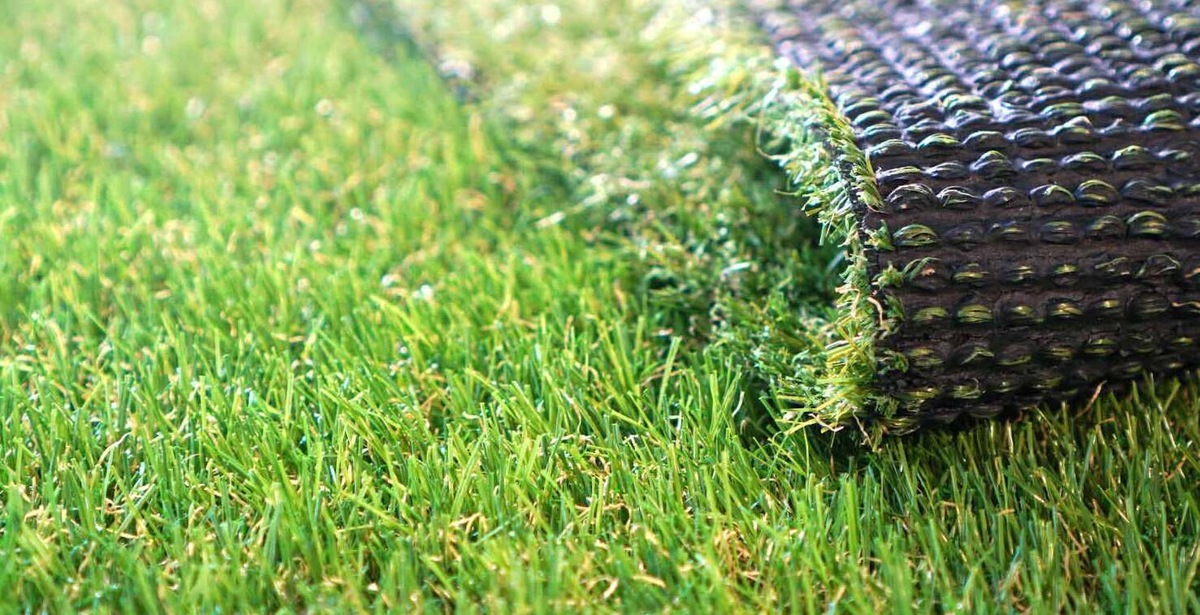
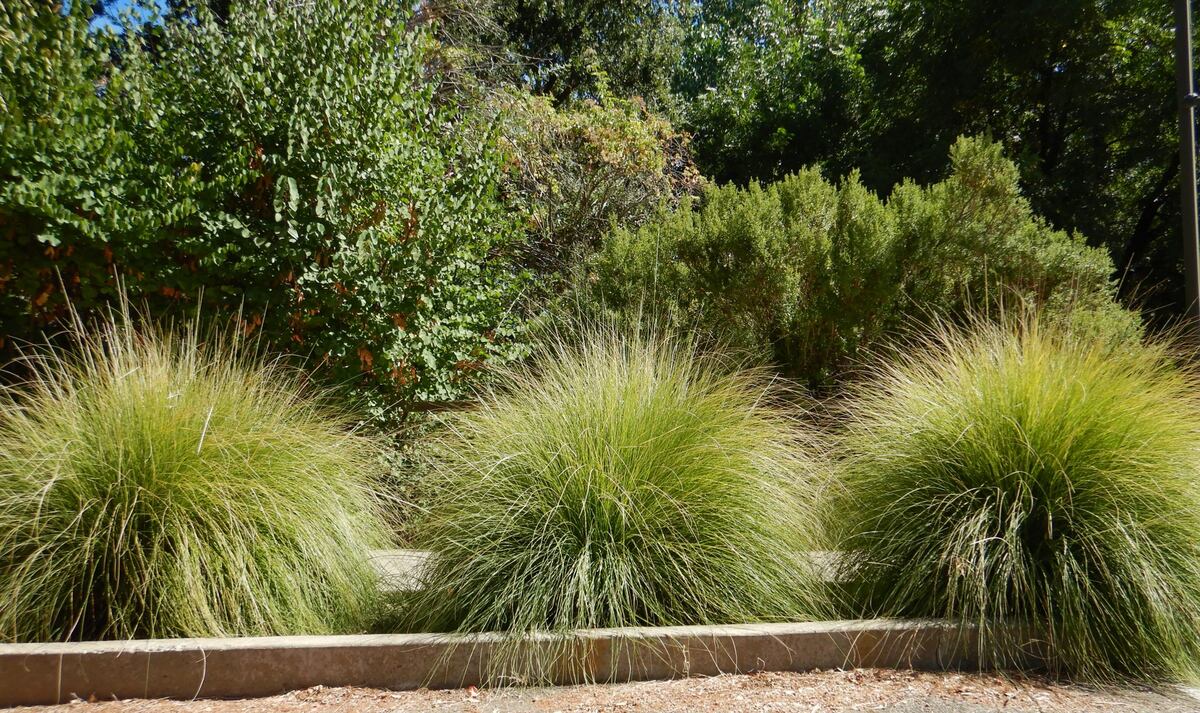
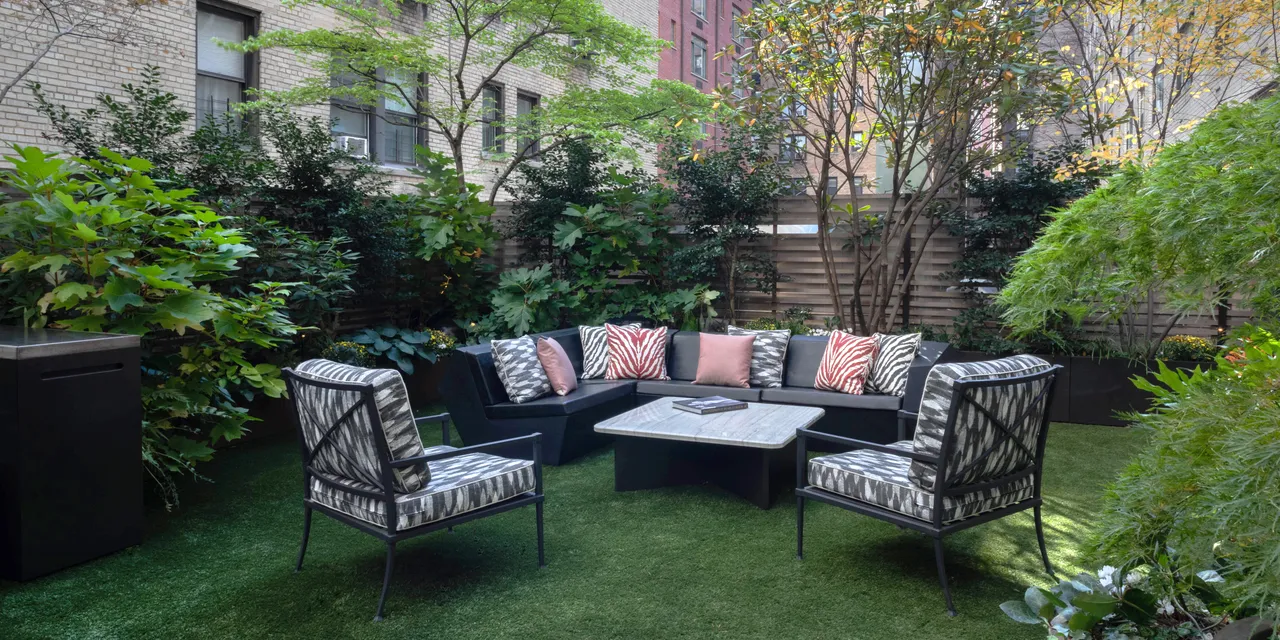
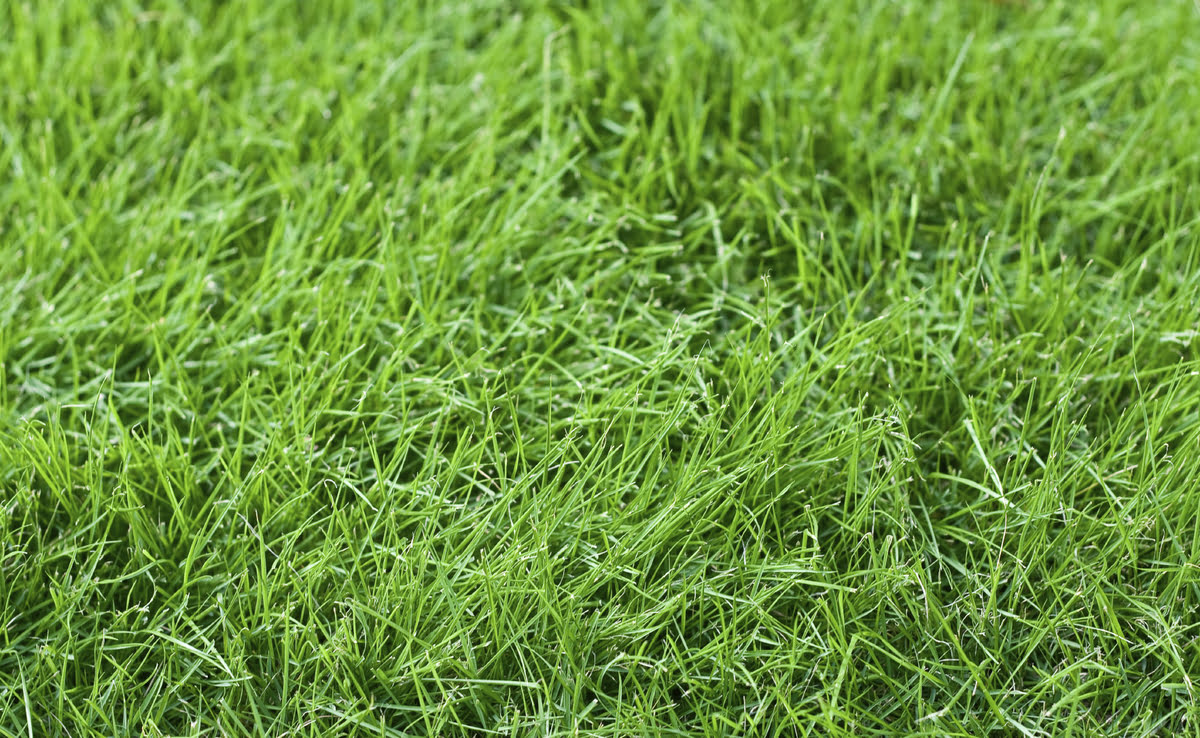

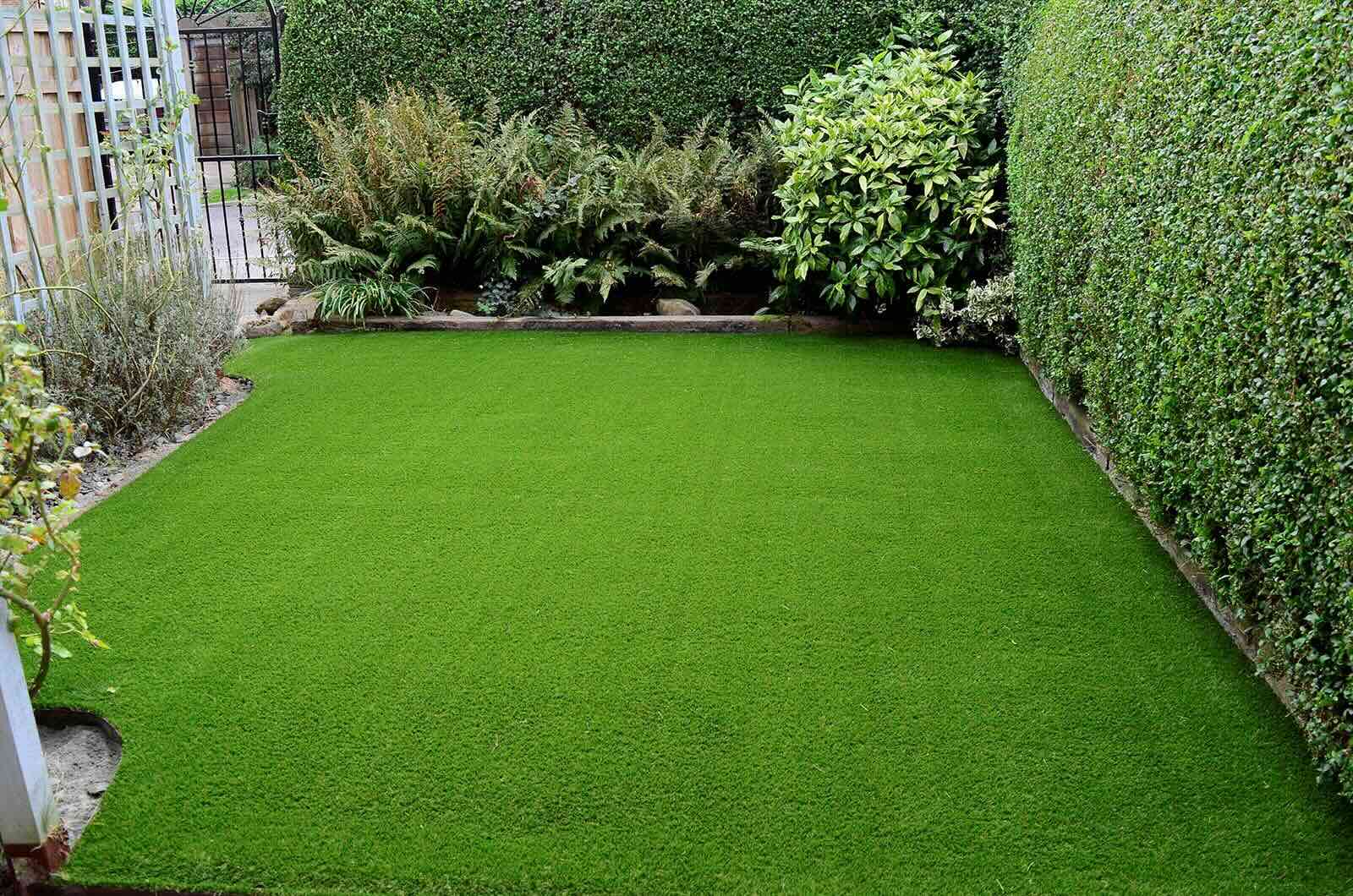
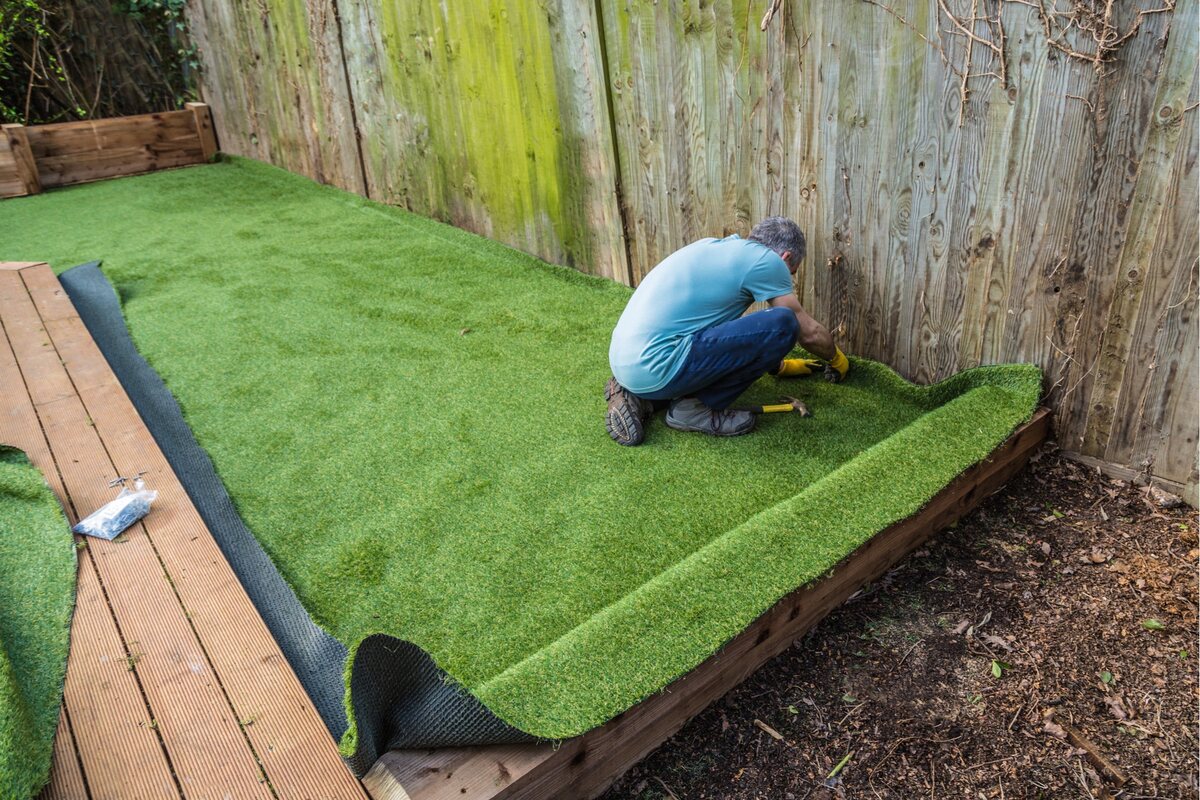
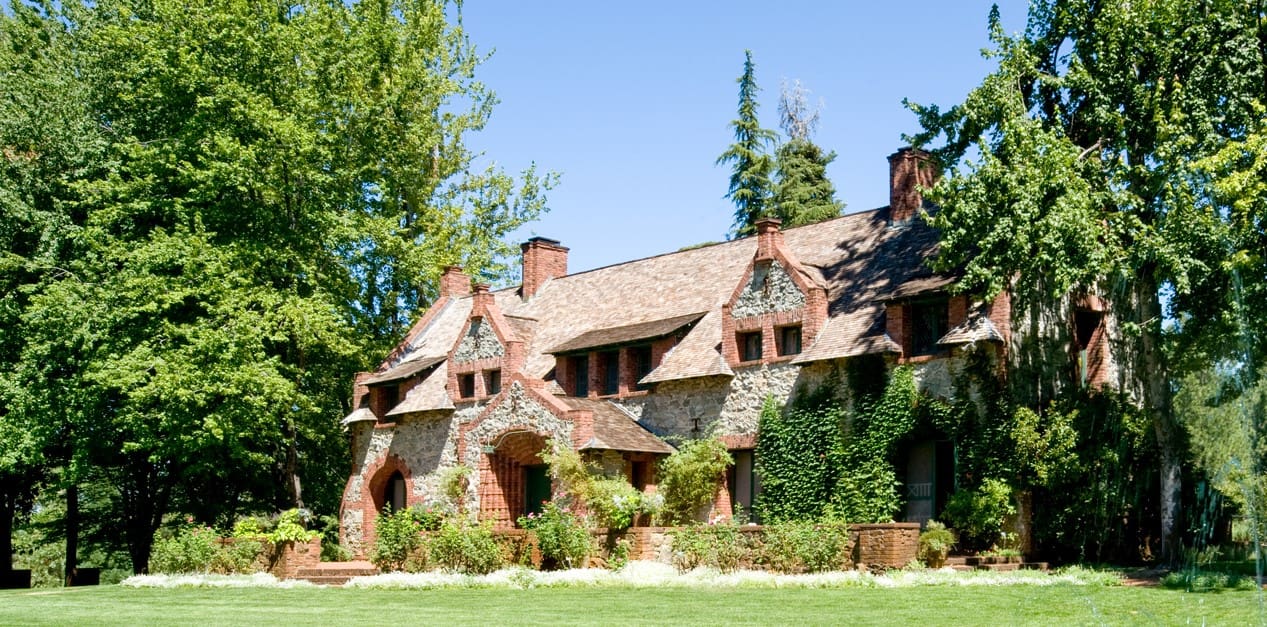
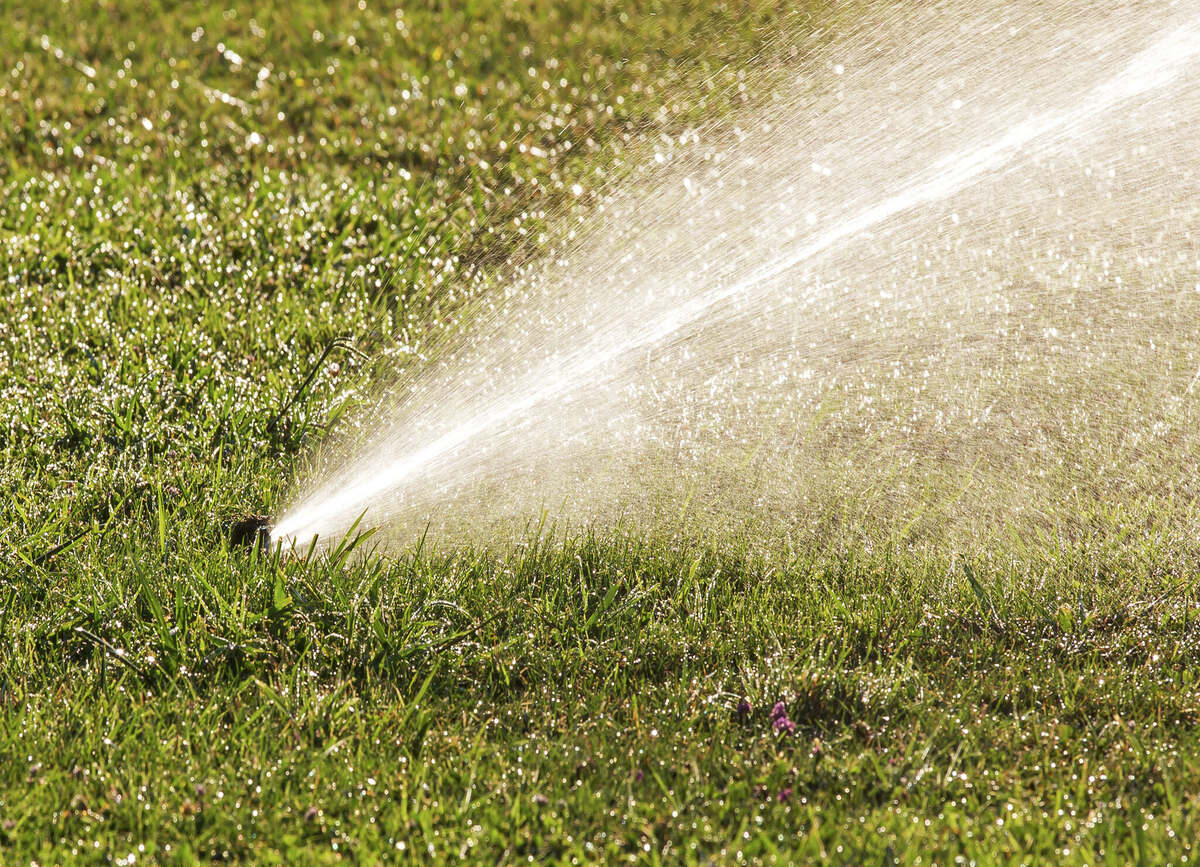
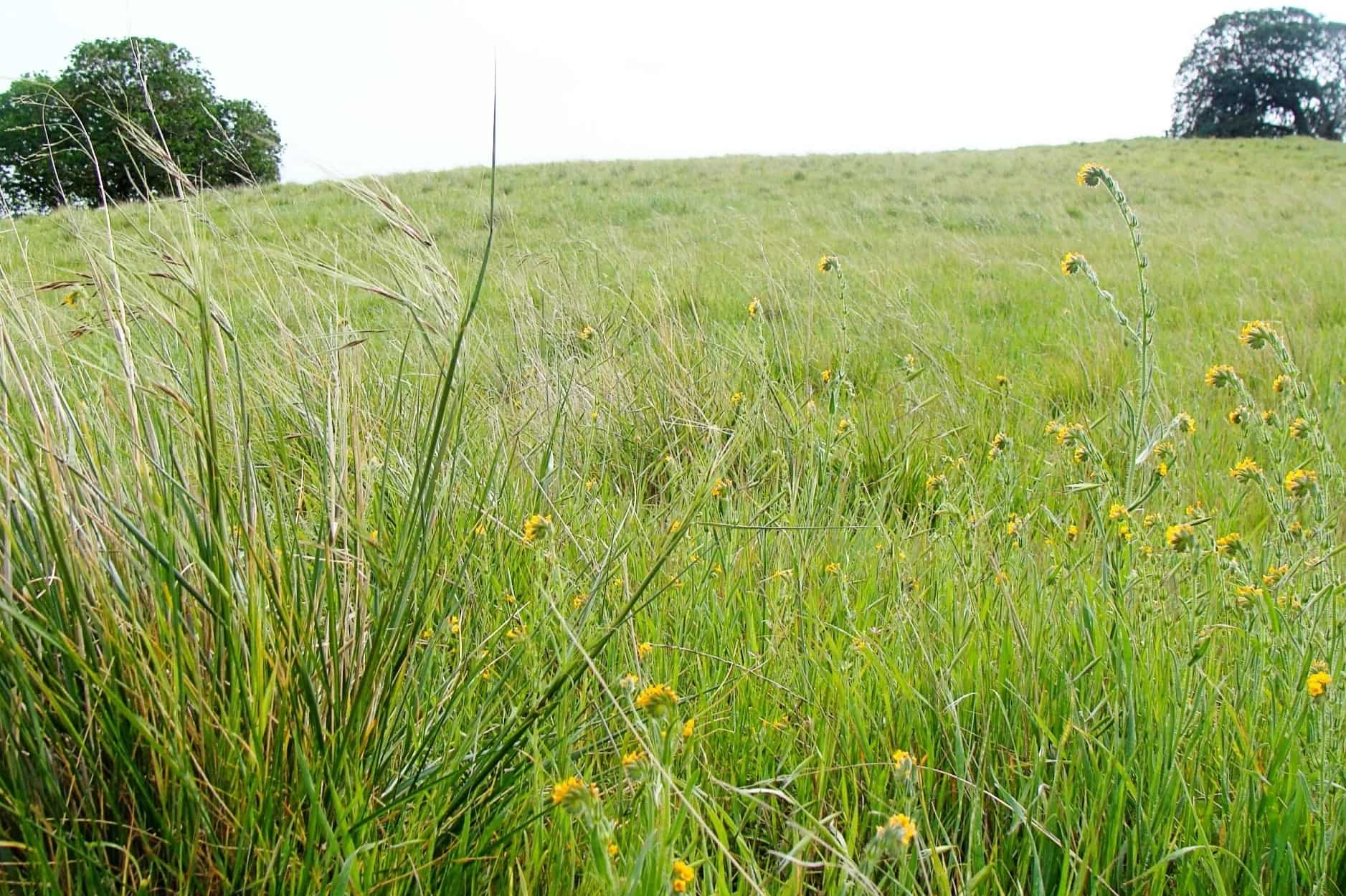
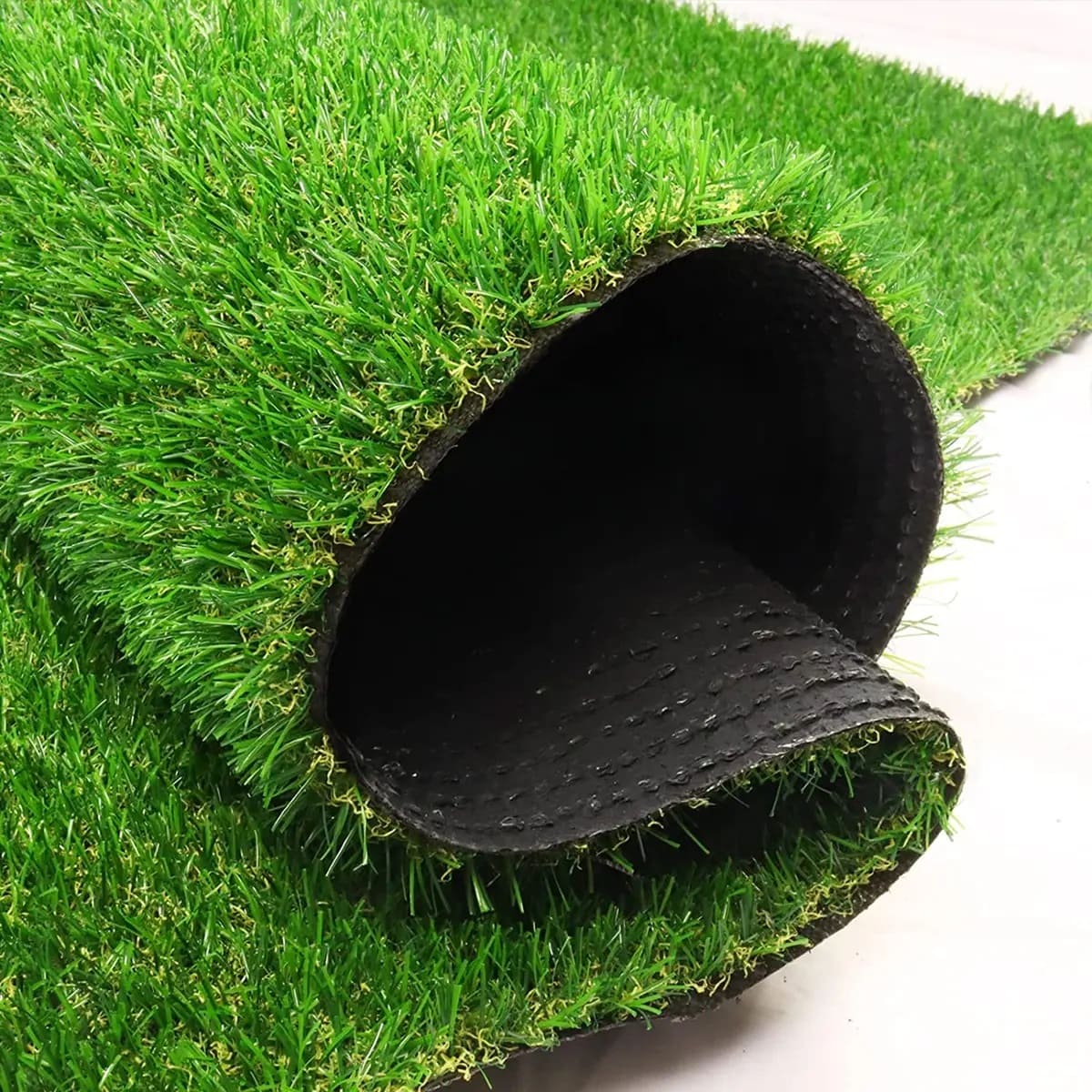
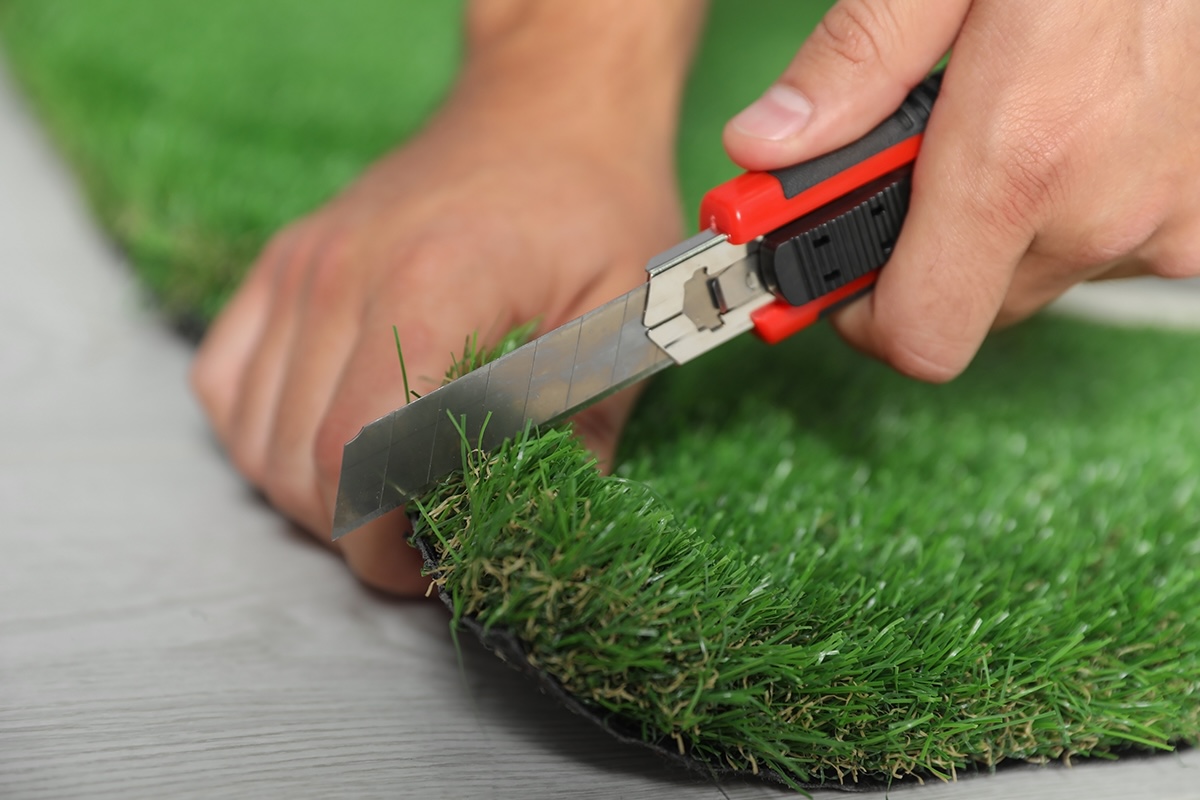
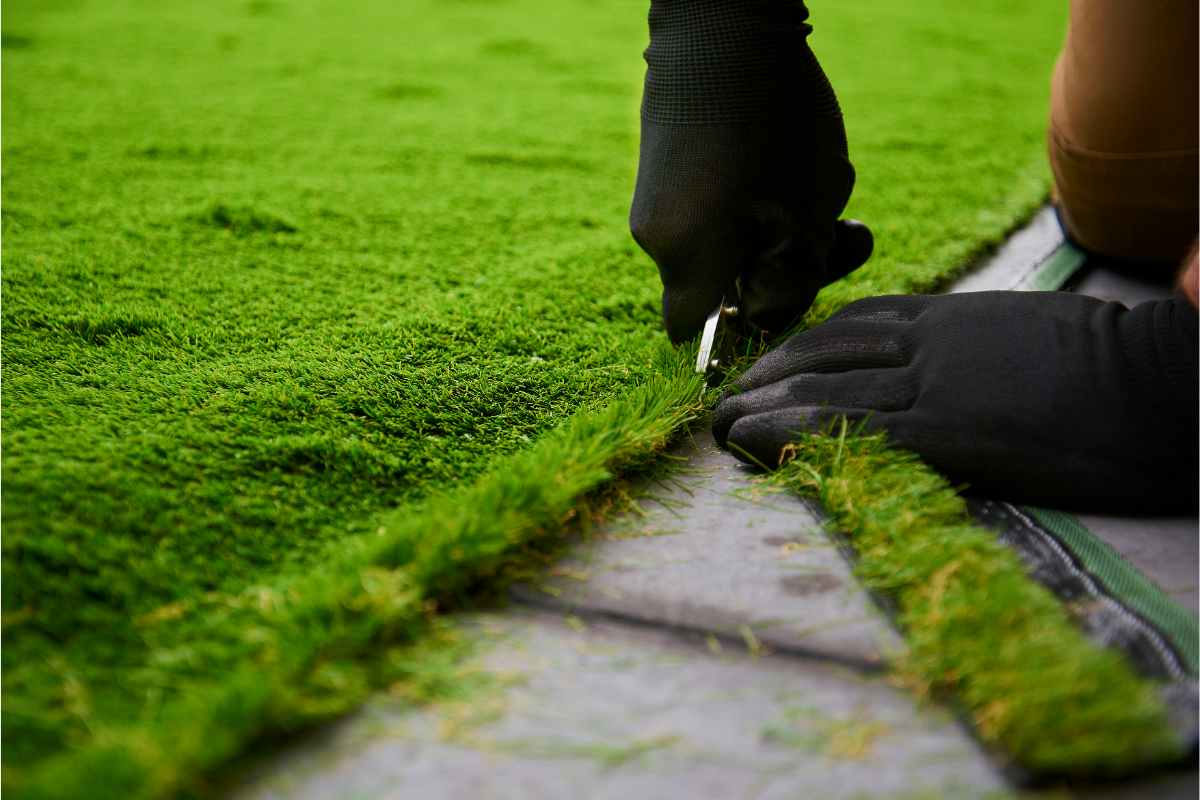
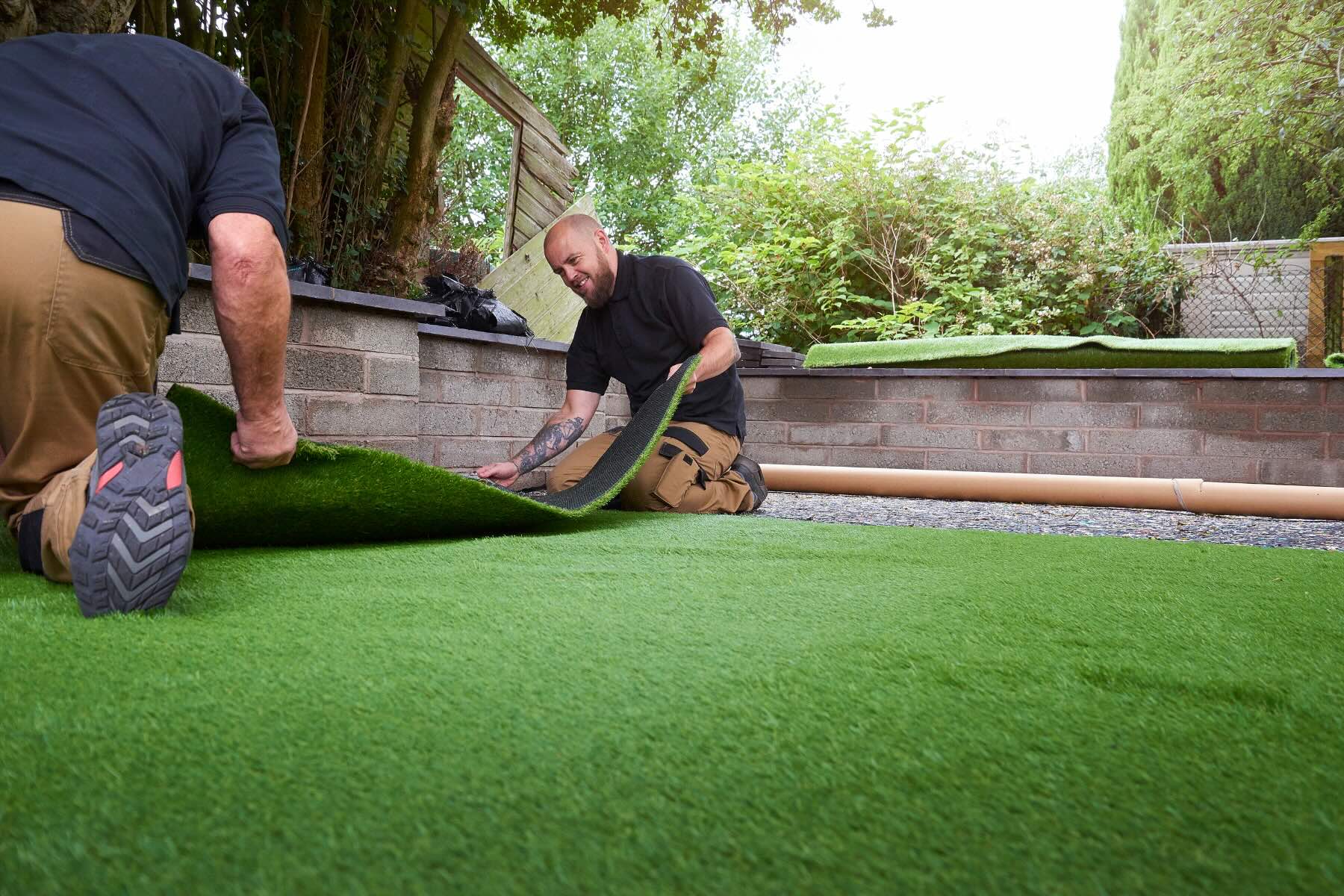

0 thoughts on “Why Is Fake Grass Banned In California”